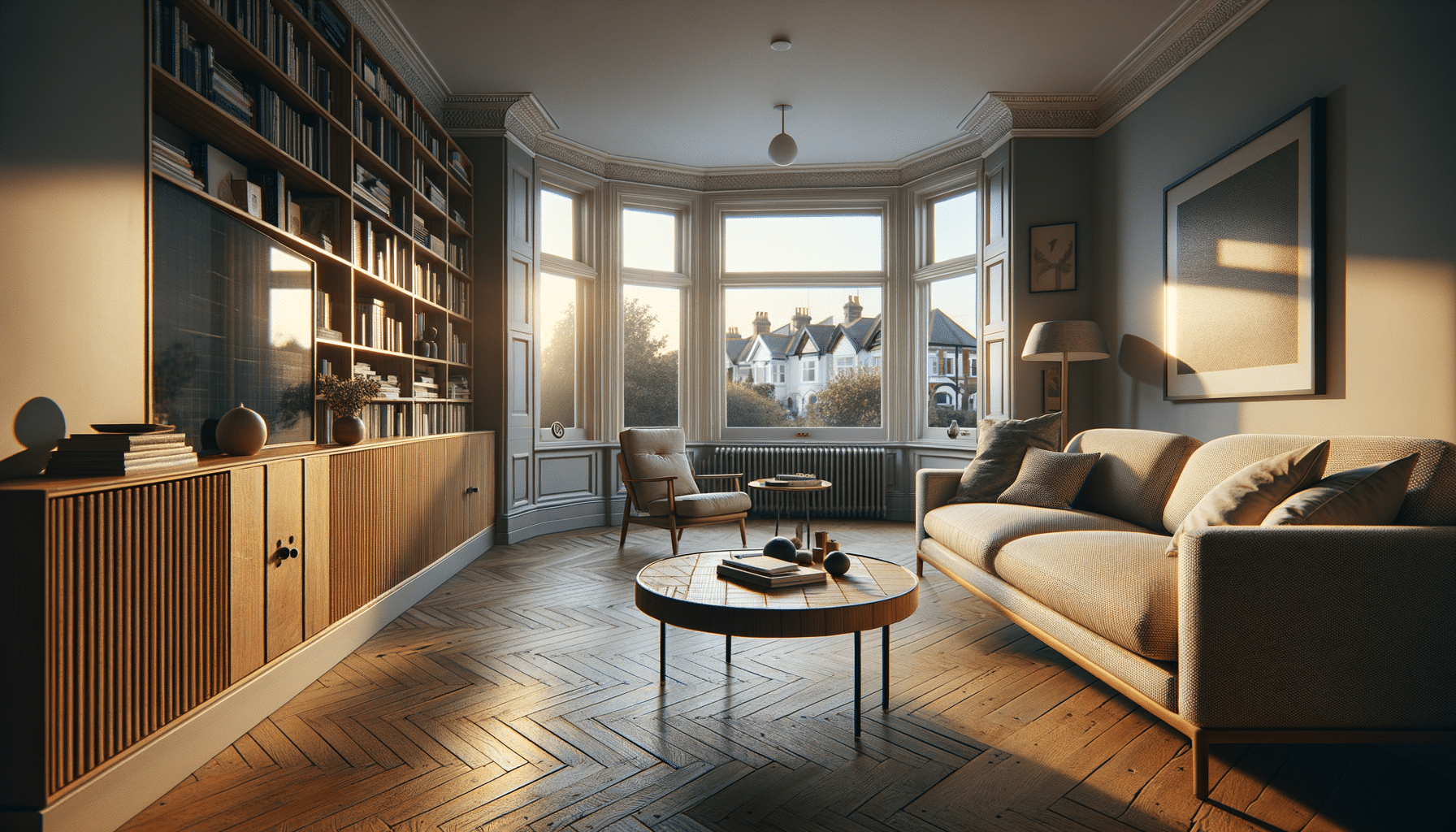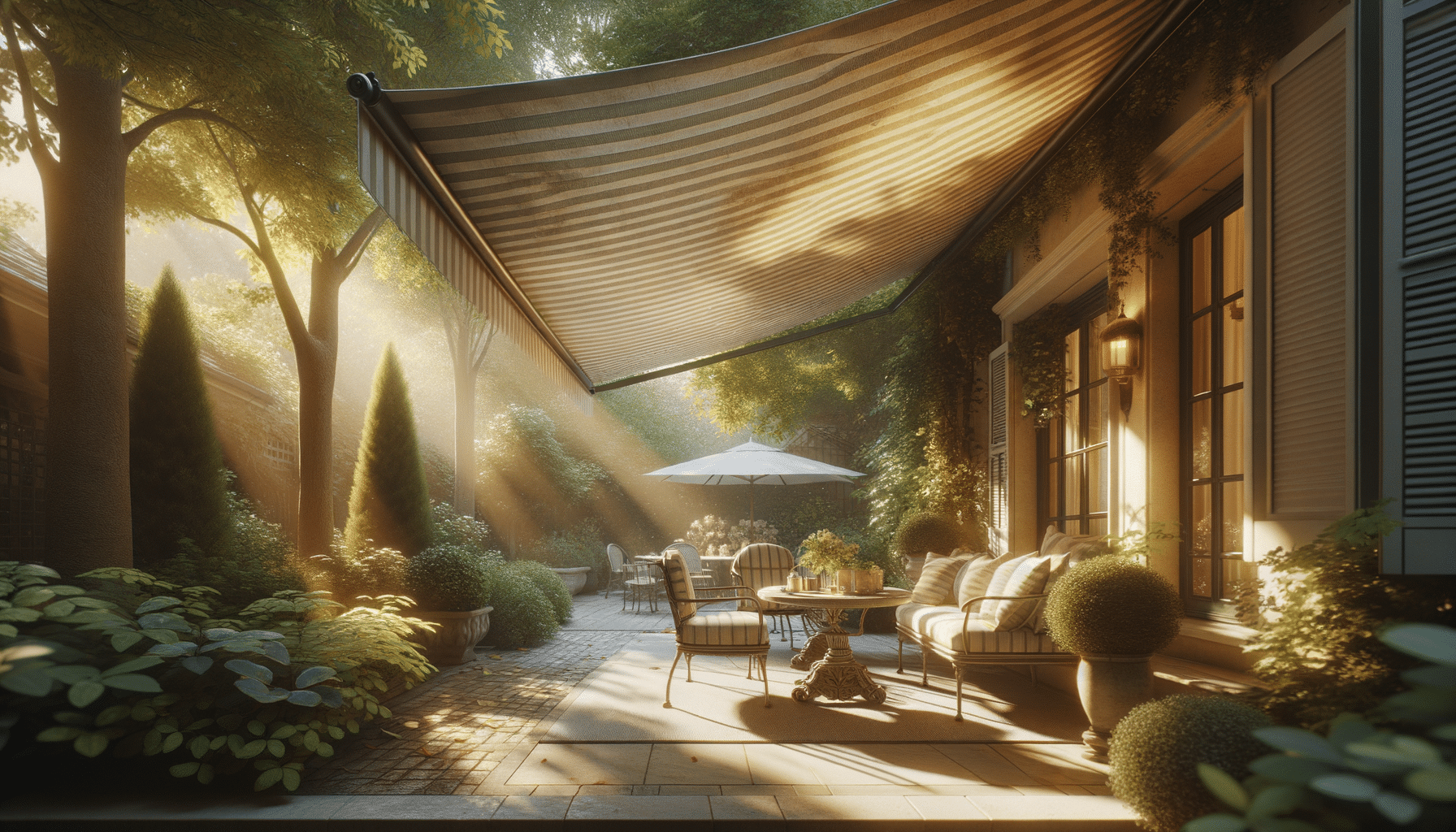
Exploring the World of Furniture: A Comprehensive Guide
The Evolution of Furniture Design
Furniture has been an essential aspect of human civilization, evolving significantly over centuries. From the simple stone benches of ancient times to the intricate designs of the Renaissance, furniture has always reflected the prevailing cultural and economic conditions. The Industrial Revolution marked a turning point, introducing mass production techniques that made furniture more accessible to the general public. This era saw a shift from handcrafted pieces to more standardized production, allowing for greater variety and affordability.
In the modern era, furniture design has become a confluence of functionality and aesthetics. Designers are increasingly experimenting with materials such as metal, glass, and recycled elements, pushing the boundaries of traditional furniture making. The emphasis on sustainability has also influenced contemporary furniture design, leading to innovative approaches that minimize environmental impact.
The evolution of furniture is not just about aesthetics but also about responding to the changing needs of society. With urbanization and shrinking living spaces, modular and multifunctional furniture pieces have gained popularity, offering practical solutions for modern living.
Materials and Their Influence on Furniture Quality
The choice of materials significantly impacts the quality, durability, and appearance of furniture. Traditionally, wood has been the material of choice due to its versatility and timeless appeal. Hardwoods like oak, mahogany, and walnut are renowned for their strength and beauty, making them ideal for high-end furniture pieces.
However, the furniture industry has expanded to include a wide range of materials. Metal, for instance, is often used in contemporary designs for its sleek look and robustness. Aluminum and stainless steel are popular for outdoor furniture due to their resistance to corrosion. Glass, on the other hand, adds a touch of elegance and transparency, often used for tabletops and decorative elements.
With the growing awareness of sustainability, many manufacturers are exploring eco-friendly materials such as bamboo and reclaimed wood. These materials not only reduce environmental impact but also bring unique textures and stories to each piece of furniture. The choice of material ultimately determines the furniture’s longevity and its ability to harmonize with the surrounding decor.
Functionality and Innovation in Modern Furniture
Modern furniture design prioritizes functionality without compromising on style. As living spaces become smaller, the demand for furniture that serves multiple purposes has increased. This has led to the rise of innovative designs such as sofa beds, extendable tables, and storage-integrated pieces.
Technological advancements have also played a role in transforming furniture design. Smart furniture, equipped with features like wireless charging stations and integrated lighting, is becoming increasingly popular. These pieces not only enhance convenience but also cater to the tech-savvy lifestyle of today’s consumers.
Moreover, customization has become a key trend, allowing consumers to tailor furniture to their specific needs and preferences. Whether it’s choosing the fabric, color, or configuration, the ability to personalize furniture ensures that each piece fits seamlessly into its intended environment.
The Impact of Furniture on Interior Design
Furniture is a fundamental component of interior design, influencing the overall aesthetic and functionality of a space. The right furniture can transform a room, creating a cohesive and inviting atmosphere. Designers often use furniture to express a particular style or theme, whether it’s minimalist, traditional, or eclectic.
Color, texture, and form are critical elements that furniture brings to interior design. For example, a bold-colored sofa can serve as a focal point in a neutral room, while textured fabrics add depth and interest. The arrangement of furniture also affects the flow and usability of a space, emphasizing the importance of thoughtful placement.
Furthermore, furniture can enhance the architectural features of a space. By aligning with the lines and proportions of the room, furniture can accentuate its strengths and downplay any limitations. This strategic use of furniture helps create a balanced and harmonious environment.
Choosing the Right Furniture for Your Space
Selecting the right furniture involves considering several factors, including the size of the space, the intended function, and personal style preferences. It’s essential to measure the area accurately to ensure that the furniture fits well without overwhelming the room.
Functionality should be a primary consideration, especially in spaces with specific needs such as a home office or a dining area. Identifying the primary activities that will take place in the space can guide the selection of suitable furniture pieces.
Style is another crucial aspect, reflecting the personality and taste of the inhabitants. Whether you prefer classic elegance or modern simplicity, the furniture should complement the existing decor and contribute to a cohesive look.
Finally, budget is an important factor, as furniture can be a significant investment. It’s advisable to prioritize quality over quantity, opting for well-made pieces that offer durability and timeless appeal.


